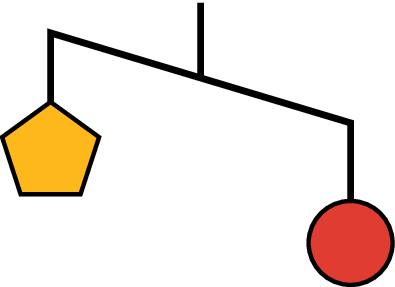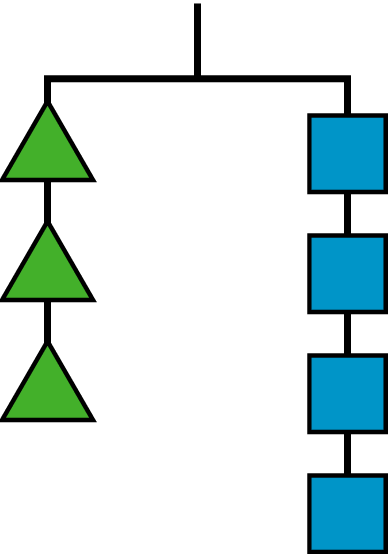When we find the solutions to an inequality, we should think about its context carefully. A number may be a solution to an inequality outside of a context, but may not make sense when considered in context.
- Suppose a basketball player scored more than 11 points in a game, and we represent the number of points she scored, s, with the inequality s >11. By looking only at s >11, we can say that numbers such as 12, 14\frac12, and 130.25 are all solutions to the inequality because they each make the inequality true.
In a basketball game, however, it is only possible to score a whole number of points, so fractional and decimal scores are not possible. It is also highly unlikely that one person would score more than 130 points in a single game.
In other words, the context of an inequality may limit its solutions.
Here is another example:
-
The solutions to r<30 can include numbers such as 27\frac34, 18.5, 0, and -7. But if r represents the number of minutes of rain yesterday (and it did rain), then our solutions are limited to positive numbers. Zero or negative number of minutes would not make sense in this context.
To show the upper and lower boundaries, we can write two inequalities:
Inequalities can also represent comparison of two unknown numbers.
- Let’s say we knew that a puppy weighs more than a kitten, but we did not know the weight of either animal. We can represent the weight of the puppy, in pounds, with p and the weight of the kitten, in pounds, with k, and write this inequality: p >k



